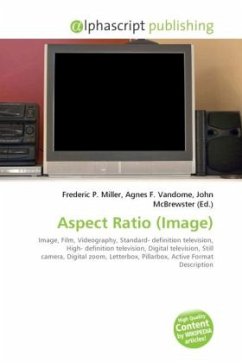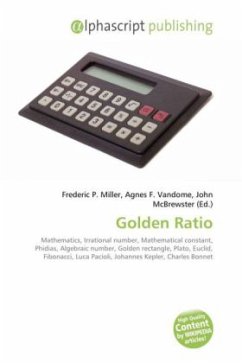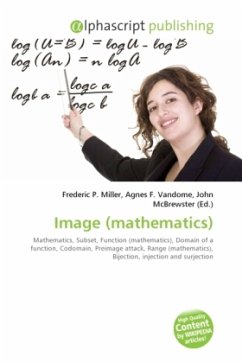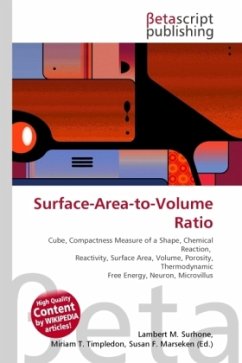High Quality Content by WIKIPEDIA articles! The aspect ratio of an image is its width divided by its height. Aspect ratios are mathematically expressed as x :y (pronounced "x-to-y") and x×y (pronounced "x-by-y"). The most common aspect ratios used today in the presentation of films in movie theaters are 1.85:1 and 2.39:1. Two common videographic aspect ratios are 4:3 (1.33:1), universal for standard-definition video formats, and 16:9 (1.78:1), universal to high-definition television and European digital television. Other cinema and video aspect ratios exist, but are used infrequently. In still camera photography, the most common aspect ratios are 4:3, 3:2, and more recently being found in consumer cameras, previously only commonly seen in professional cameras, 16:9. Other aspect ratios, such as 5:4, 6:7, and 1:1 (square format), are used in photography as well. In television and on DVDs, converting formats of unequal ratios is done by cropping the original image to the receiving format's aspect ratio (zooming), by adding horizontal mattes (letterboxing) or vertical mattes (pillarboxing) to retain the original format's aspect ratio, or by distorting the image to fill the receiving format's ratio.
Bitte wählen Sie Ihr Anliegen aus.
Rechnungen
Retourenschein anfordern
Bestellstatus
Storno








